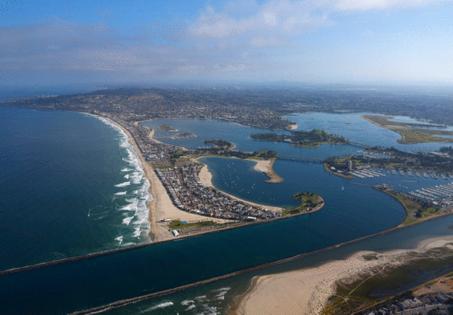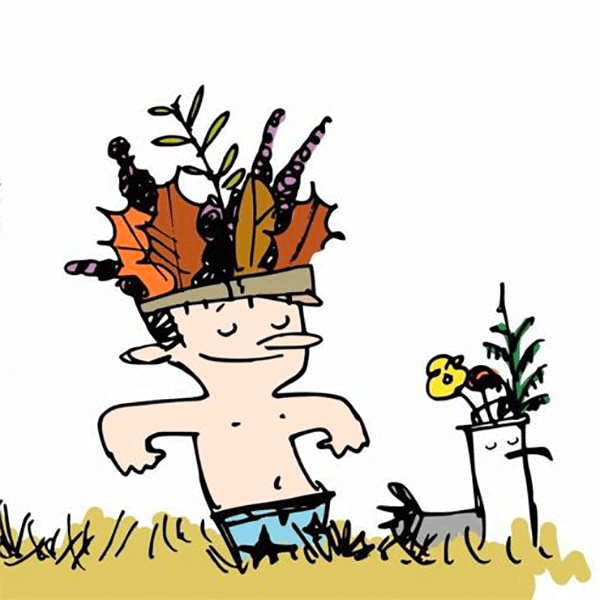The ocean is changing colors, researchers have found. Why?
Published in Science & Technology News
Changing ocean hues could bring some environmental blues, according to a new study from researchers at Duke and Georgia Tech.
Using satellite data collected from 2003 to 2022, the researchers looked for changes in chlorophyll concentration, which can signal where large amounts of phytoplankton are, since they reflect green light.
Too much phytoplankton can be a problem. They act like sponges, soaking up carbon dioxide from the atmosphere, and when they die and sink to the ocean bottom, carbon goes with them.
“If carbon sinks deeper or in places where water doesn’t resurface for a long time, it stays stored much longer,” said Nicolas Cassar, chair at Duke University’s Nicholas School of the Environment, in a statement. “In contrast, shallow carbon can return to the atmosphere more quickly, reducing the effect of phytoplankton on carbon storage.”
Satellite data showed that the ocean is getting more green at latitudes away from the equator, meaning there’s a higher concentration of chlorophyll there than areas closer to the equator. Warming oceans are correlated with changes in chlorophyll concentration, the study found.
The team also looked at how the patterns were affected by other variables, including sea-surface temperature, wind speed and light availability. The other variables, though, showed no significant associations.
“We knew that chlorophyll is unevenly distributed across global ocean, but we didn’t expect the disparity of the chlorophyll distribution,” said Haipeng Zhao, a postdoctoral researcher and lead author of the paper.
According to the study, subtropical regions of the northern hemisphere are experiencing a decrease in chlorophyll, meaning the water is getting bluer. This is especially true for areas in latitudes 20°N to 40°N. Virginia Beach lies at about 36°N.
While bluer waters are typically considered healthier, not enough phytoplankton can also cause problems. The small creatures are an important species at the bottom of the food chain, supporting many fish species, so not having enough can limit food sources for bigger fish, Zhao said. This mainly affects low- and middle-income countries, where locals rely on fisheries for their economy and food sources.
The findings cannot be solely attributed to climate change, the authors said. The study period was too short to rule out the influence of other climate patterns, like La Nina and El Nino.
Zhao said the study mainly focused on measuring the color of surface waters, but the results could open the door for more research about how deeper ocean waters are affected. Currently, the effects of the ocean changing colors are not known, so in the future, the team could tackle how it could affect fish and other marine species.
“When we talk about color, we just go to the beach and we see, ‘OK, the the ocean is blue or green,'” Zhao said. “But actually, if we want to answer where the fish are going, or where are all the phytoplankton blooms going, they’re seen in the deep layers, not only on the surface.”
_____
©2025 The Virginian-Pilot. Visit pilotonline.com. Distributed by Tribune Content Agency, LLC.







Comments